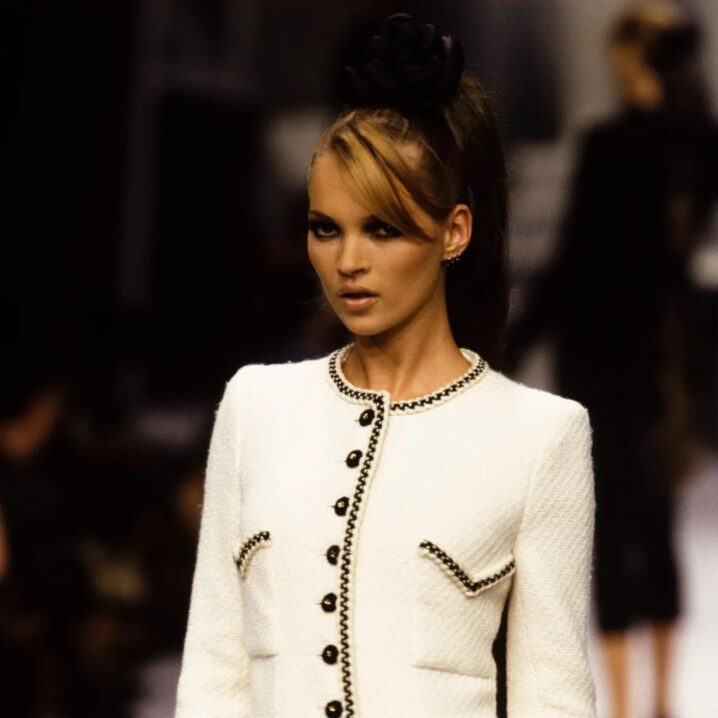
- POPSUGAR Australia
- Beauty
- The “Chanel Girl” and Karl Lagerfeld’s Beauty Legacy
The “Chanel Girl” and Karl Lagerfeld’s Beauty Legacy

Content Warning: This article contains references to fatphobia that may be distressing to some people
In 1982 Karl Lagerfeld sat down with New York Times Magazine, dodging questions about the likelihood he’d jump ship from Chloé to Chanel. Lagerfeld told the title: “I love being an image maker,” and that was Lagerfeld’s great success. When he did jump ship to Chanel two years later, he drove a singular vision for the brand. He resurrected the faded, interlocking CCs, and turned the label into such a byword for fashion it was featured on “The Simpsons.” It’s this skill Anna Wintour, her co-chairs and Met Gala attendees will be celebrating at the Met Gala on the first Monday in May with “Karl Lagerfeld: A Line of Beauty” as the chosen theme for 2023.
Lagerfeld’s vision was achieved with two things. Staying true to the brand’s aesthetic heritage — tweed jackets, two-piece suits and the iconic 2.55 shoulder bag, and deploying “It girls” who showed women how “heritage” could look and feel fresh and on trend, no matter the decade.
Who Was The Chanel Girl?
Ines de La Fressange was the first model to sign an exclusive contract with the house in 1983. She was followed by Vanessa Paradis, Kristen McMenamy and Kate Moss during the 90s. In his last years, Lily Rose-Depp (Paradis’ daughter) was Lagerfeld’s favourite. These youthful, fresh faces kept the brand relevant. In turn, Lagerfeld supported their careers and cast them in lucrative campaigns.
As a collective, they represented “The Chanel Girl.”
The Chanel Beauty Look
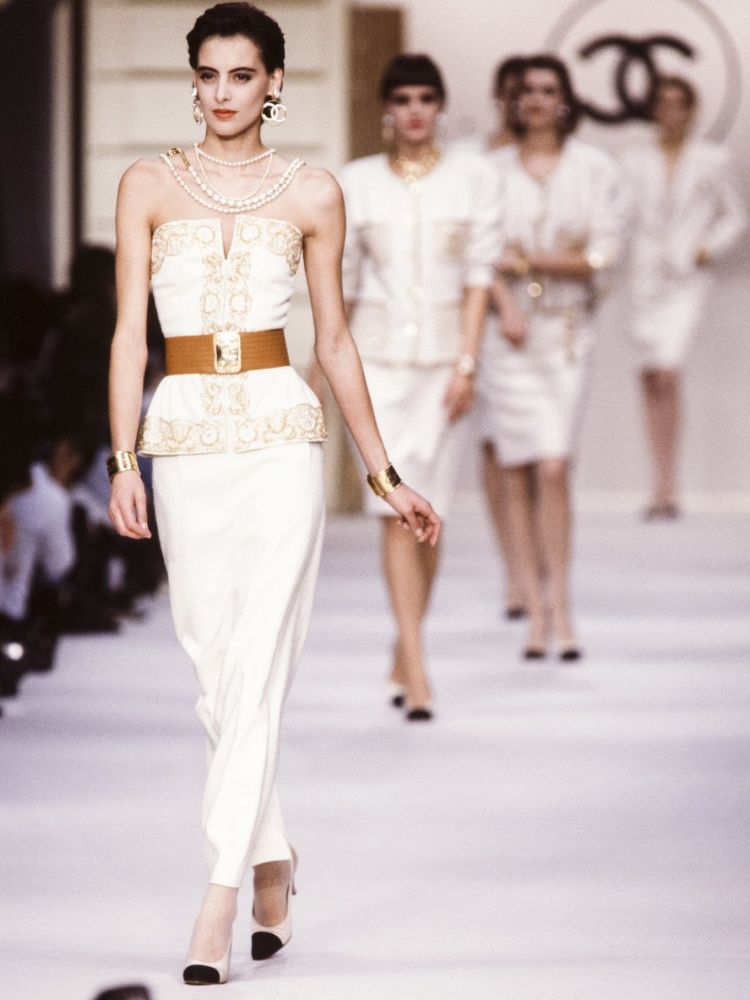
The Chanel Girl’s beauty aesthetic is polished imperfection. Lagerfeld always used beauty to “rough up” Chanel’s soft, boucle edges. The look has always been about contrast. It’s bed hair with prim, two-piece suits. It’s blunt bobs with charcoal smokey eyes, triple ear piercings, tattoos, and pixie cuts. The look is completed with slingback heels and practical over-the-shoulder bags.
The Chanel clothes were perfect for women in the board room, but Chanel made young women see the brand as for them, too. This version of Chanel was your friend who borrowed her rich mum’s designer clothes to go to the club, or Glastonbury. The “cool girl”.
But, 99.99 per cent of the time, the Chanel girl was a size double zero, rich (the Chanel girl was the original “old money aesthetic“) and caucasian. For most people, of course, this aesthetic was impossible to achieve.
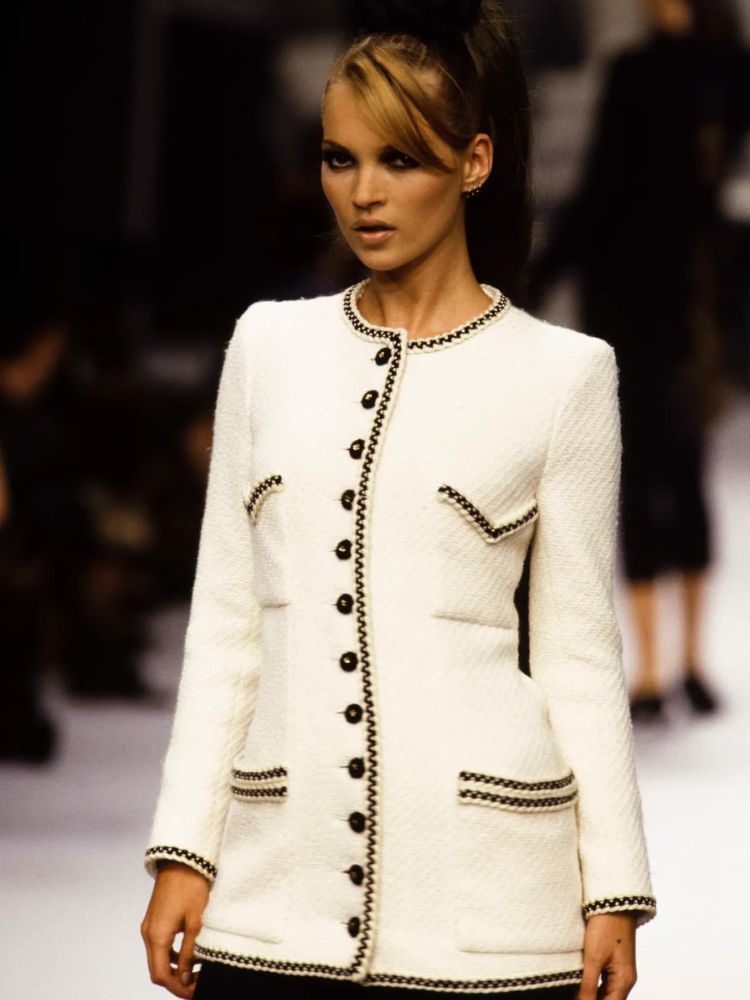
Modernity, For Some:
The contradiction of Chanel feminity has existed since Coco Chanel launched the label in 1910, with a newly independent woman in mind. Chanel flourished in the 1920s and 30s as women’s lives changed. Organisations like the Six Point Group achieved electoral equality in 1928. The Sex Discrimination (Removal) Act gave women access to law-related professions. They may have been swiftly introduced to the glass ceiling, but the possibility existed! There were more single women working than ever before, and they needed practical, beautiful clothes.
Low heels, cardigans and two-piece suits, explicitly designed to free women of corsets and trailing skirts, fit the bill. Coco Chanel also popularised loose, wide-leg pants and oversized shirts, inspired by the clothes she borrowed from her many lovers (a sartorial slay if ever we saw one).
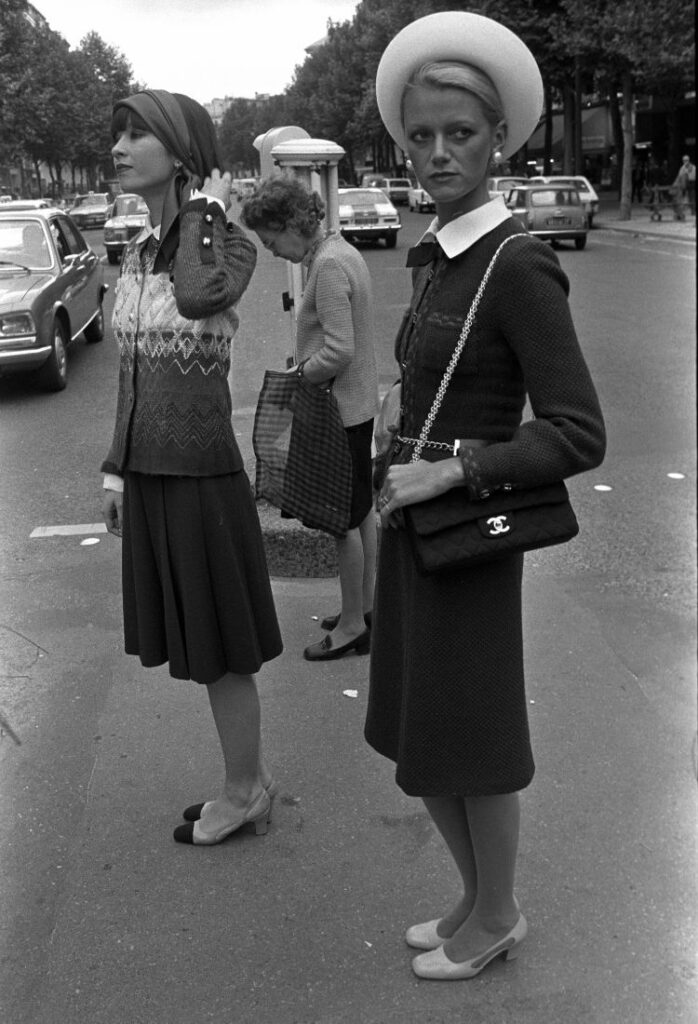
In particular, one Chanel item is a genuine piece of feminist history.
In 1955, women ditched hand-held clutches for the Chanel 2.55 Flap. It was the first luxury bag for women designed to keep their hands free and allow them to carry notebooks, cigarettes and… actual books — just like their husbands, fathers, brothers and now, male colleagues.
It was an innovation for the “Chanel Girl” who was boldly making her mark on the world.
But, as it turns out, the practical Chanel cardigan was only for a specific bust, and the easy professional aesthetic was only for a particular body.
Coco Chanel also required models to look slender. Those with larger busts wore corsets to flatten their chests. So goes the paradox of the Chanel girl — her rebelliousness was prescriptive, and only for some.
Lagerfeld’s Personal “Line on Beauty”:
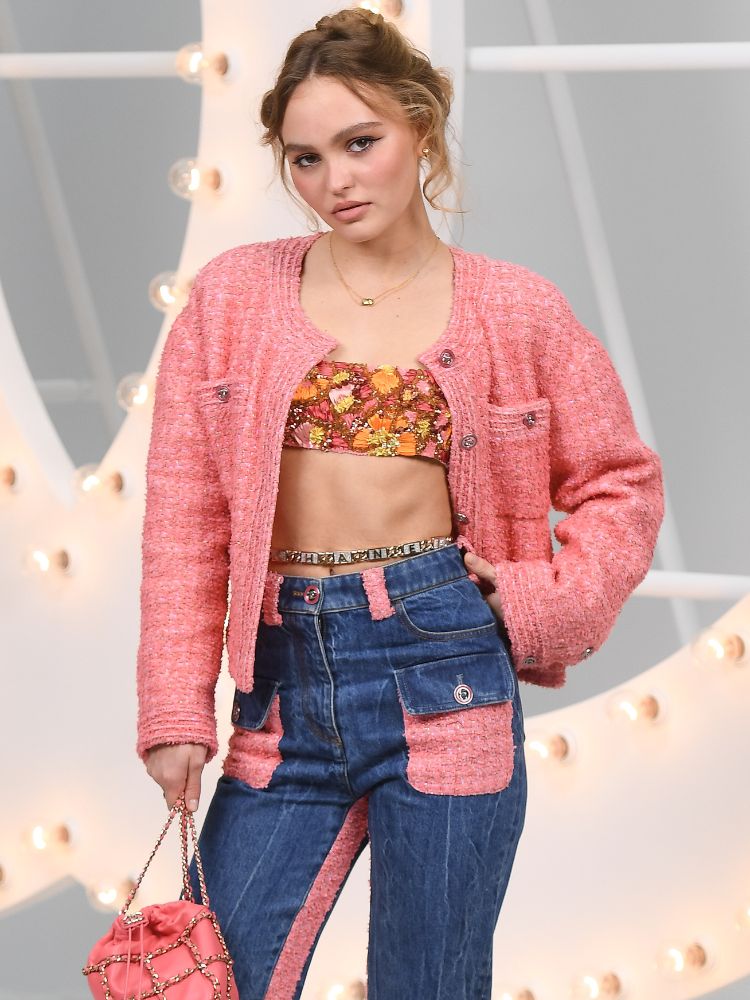
Lagerfeld’s comments about women’s bodies and women’s beauty are infamous and well-documented. He was obsessed with weight — both his own, and everyone else’s. He described women who dared to comment on models’ bodies on his runways as “fat women with bags of chips” (we’re not sure what’s wrong with that) and attributed social security issues to “diseases caught by fat people”. When he seemingly skewered Adele’s weight, he publicly apologised (sigh of relief from his publicist)… only to specify he had been talking about Lana del Rey (sigh from publicist).
While Anna Wintour might want us to separate the art from the artist, it’s hard to separate Karl Lagerfeld’s fatphobia from his relationship with his body. The designer famously lost 43kg in just 13 months and published a diet book promoting the journey. This diet involved lean meats and poultry, along with plenty of Diet Coke and “homeopathic granules” instead of snacks. He described it as a “punishment” motivated by a desire to fit into Hedi Slimane jeans. His personal idolisation of thinness was amplified on the Chanel runway and in Chanel advertising that was, and remains, everywhere. It impacted several generations of women.
The Future of the Chanel Girl:
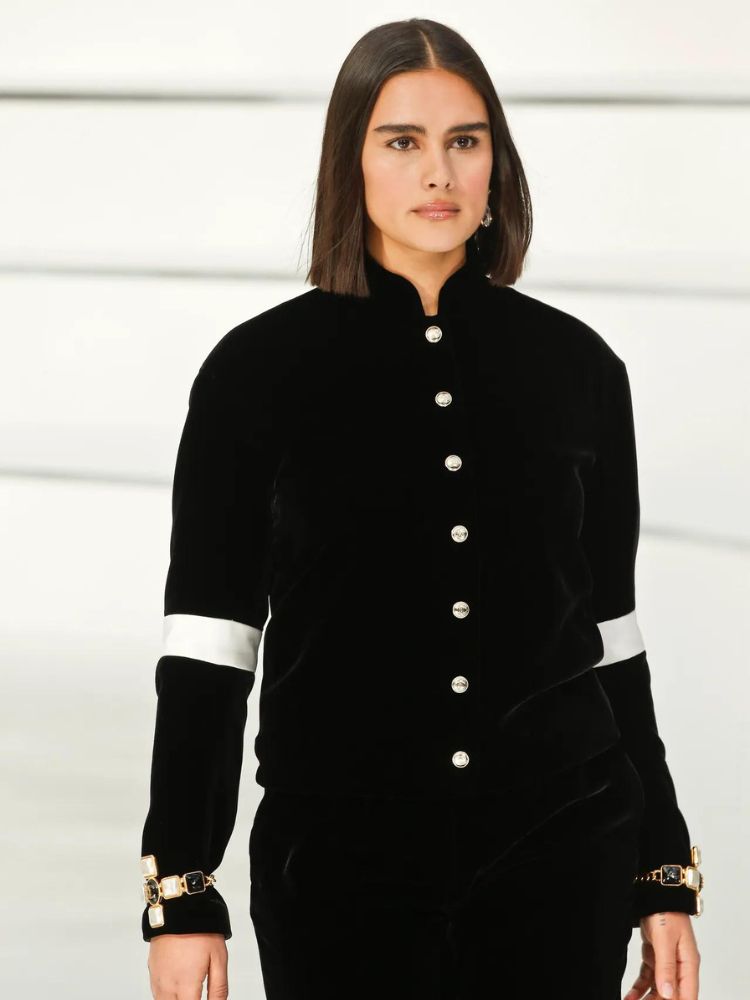
A few months following Lagerfeld’s death in 2019, Fiona Pargeter was recruited as Head of Diversity and Inclusion at Chanel.
The following year, Chanel booked curve-model Jill Kortleve to walk its AW20 runway. Kortleve was the first curve model to walk the Chanel runway since Crystal Renn a decade ago. In an interview with British Vogue, the Dutch model commented that “being the right fit for a brand is not about your size”. It has seemed in the years following Lagerfeld’s death, the brand has made an effort to shift the vision of “The Chanel Girl.”
However, for the very long list of those impacted by Lagerfeld’s comments, who include women, people over a size two, short men, and refugees, making the “Chanel girl” less exclusionary may not be enough to overcome incredulity at Wintour’s choice to celebrate him at the Met Gala. While It girls come, go and change with the decades, Lagerfeld’s beauty legacy, like diamonds and Chanel No.5, is forever.
Read More POPSUGAR Beauty
- These Vitamin C Products Are the Secret to Glowy Skin
- What to Know Before Trying the Copper Hair Colour Trend
- These 13 Lipsticks Are the Perfect Dupe for Charlotte Tilbury’s Pillow Talk
- Slay Or Nay: The Viral Beauty Trends of 2023 (and Whether They’re Worth Trying
- 16 of the Best LED Masks in Australia and Exactly What Each Light Does for Your Skin

